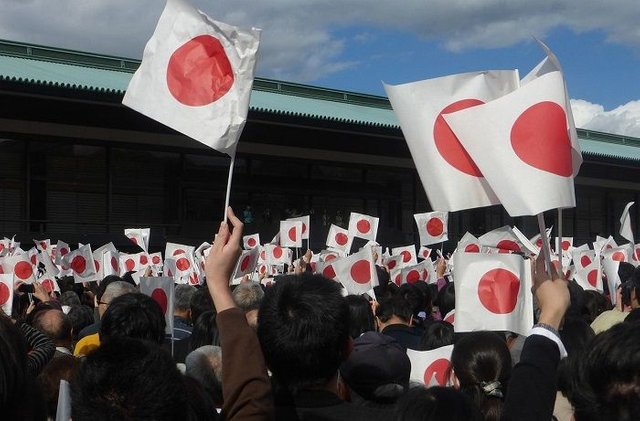Japan’s Hidden History of Eugenics: Tens of Thousands Were Forcibly Sterilized Under Nefarious Gov. Program

By Steven MacMillan/Steemit: 4 March, 2018
Strap yourself in, this is a story unlike most others.
Between 1948 and 1996, approximately 16,000 people were forcibly sterilized by the Japanese government under the nations now-defunct Eugenics Protection Law. On top of those who were forcibly sterilized, a further 9,000 were sterilized after reportedly giving their consent for the procedure to take place.
The 1948 law built upon previous eugenics laws in the country and allowed authorities to forcibly sterilize people who they deemed to have a mental illness or a genetic disease, with forced abortions also permitted under the law.
The main justification for these nefarious procedures was to “preserve the purity of the Japanese race,” through sterilizing those who were deemed to have inferior genes.
<div style="position:relative;height:0;padding-bottom:56.25%"><iframe src="
More light is being shone upon this appalling program as many victims are now suing the Japanese government for compensation. At the end of January, a woman in her 60s filed a lawsuit against the Japanese central government seeking ¥11 million ($101,000) in damages. The woman was forcibly sterilized as a teenager after being diagnosed with an intellectual disorder at 15.
To this day, the victims are still suffering with the pain of being forcibly sterilized in their childhood.
A Brief History of Eugenics
Sir Francis Galton, an English sociologist, geologist and meteorologist, who was also Charles Darwin’s half-cousin, coined the term eugenics in the 1880s. The idea of eugenics and selective human breeding stretches back to at least the ancient Greeks however, long before Galton and Darwin. In Plato’s classical philosophical text ‘The Republic,’ he discusses the concept of selective human breeding. Plato writes in the dialogue:
“We must, if we are to be consistent, and if we’re to have a real pedigree herd, mate the best of our men with the best of our women as often as possible, and the inferior men with the inferior women as seldom as possible, and bring up only the offspring of the best.”
What makes the case of Japan so harrowing is the fact that the law was passed three years after the fall of Nazi Germany, and it still remained in force up until the late 1990s.
Steven MacMillan is a Freelance Writer.
Photo Credits: Nesnad